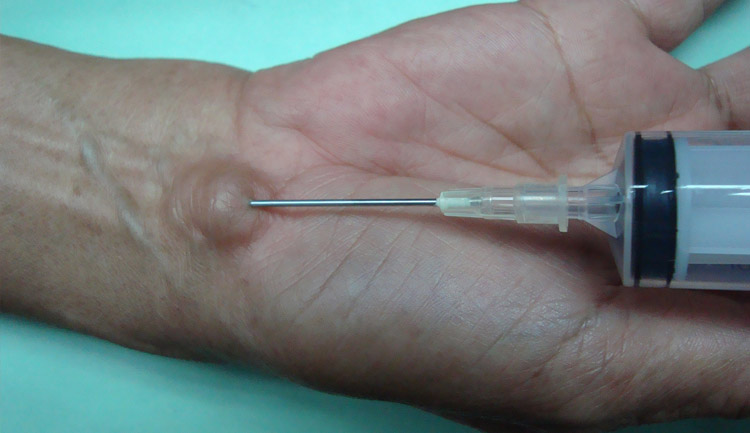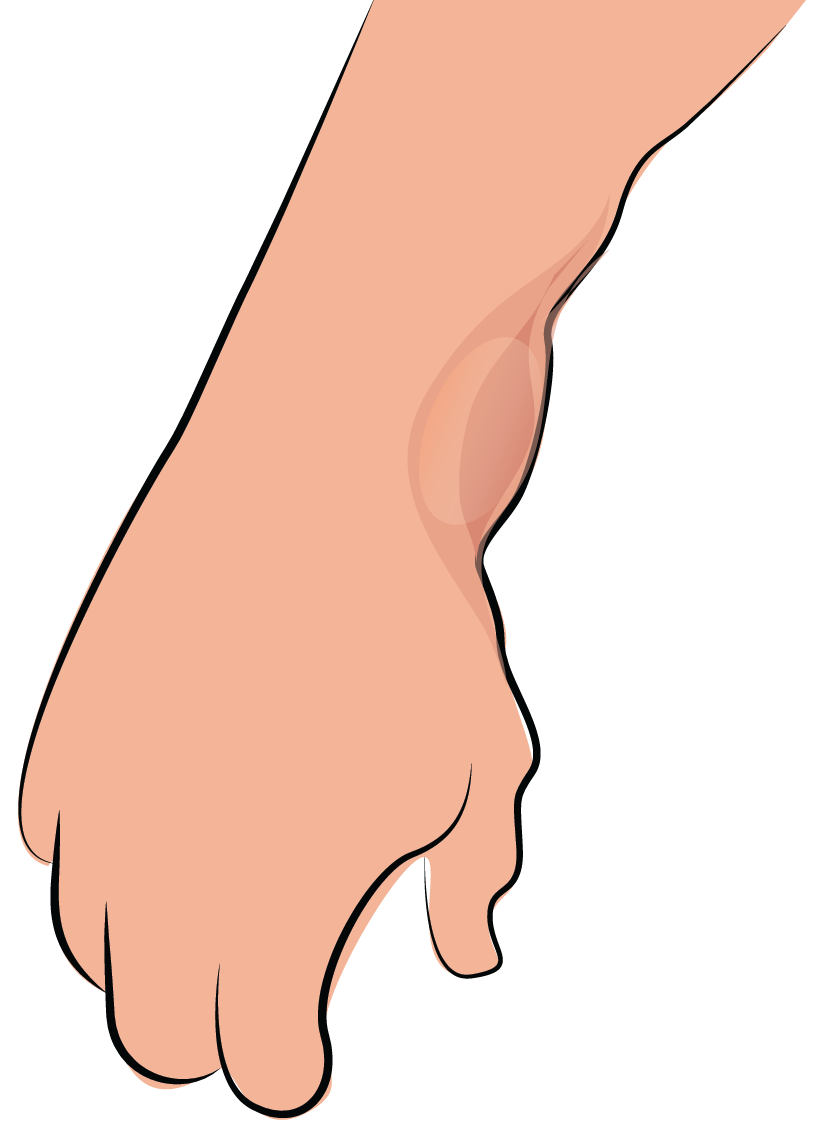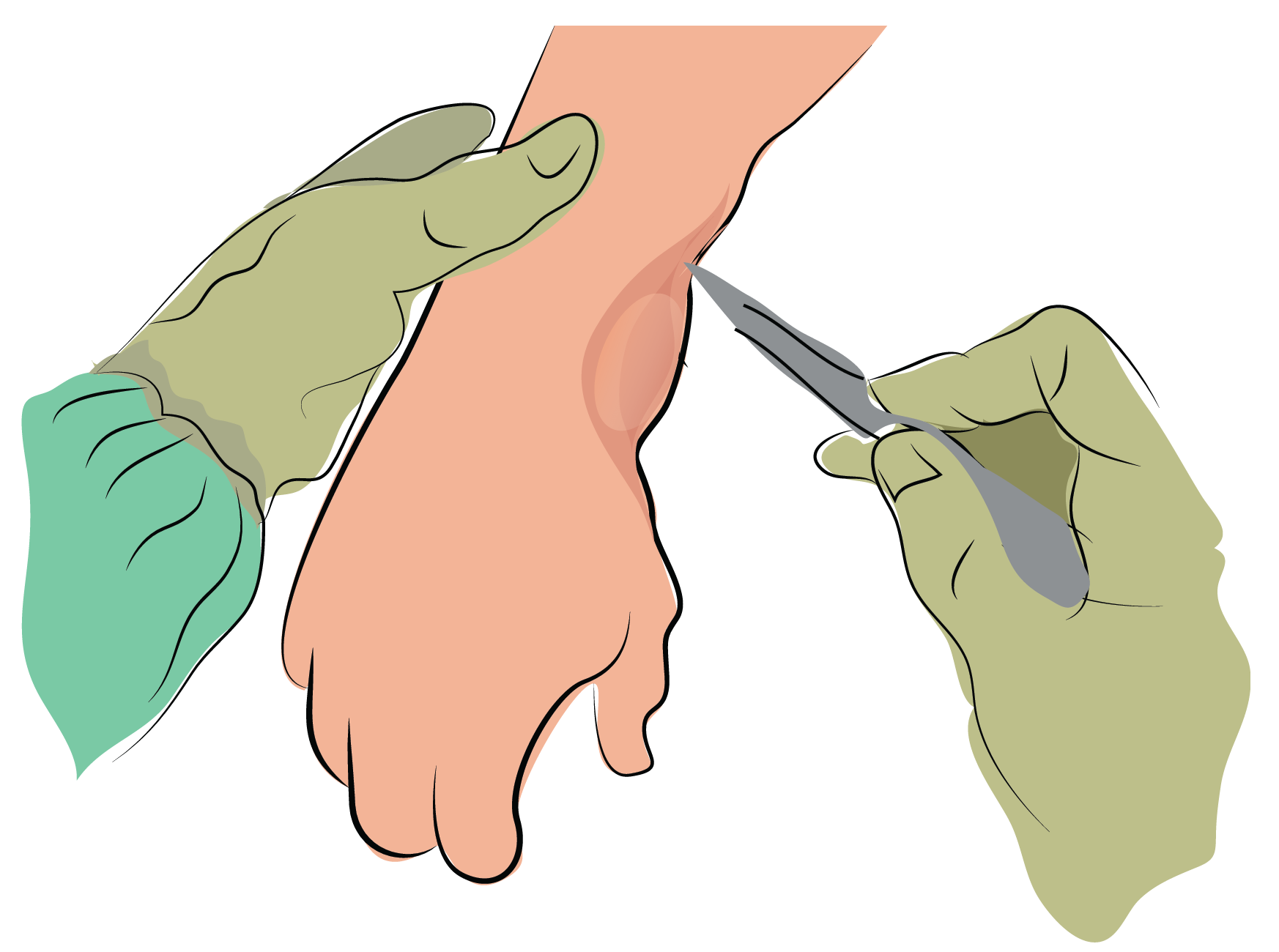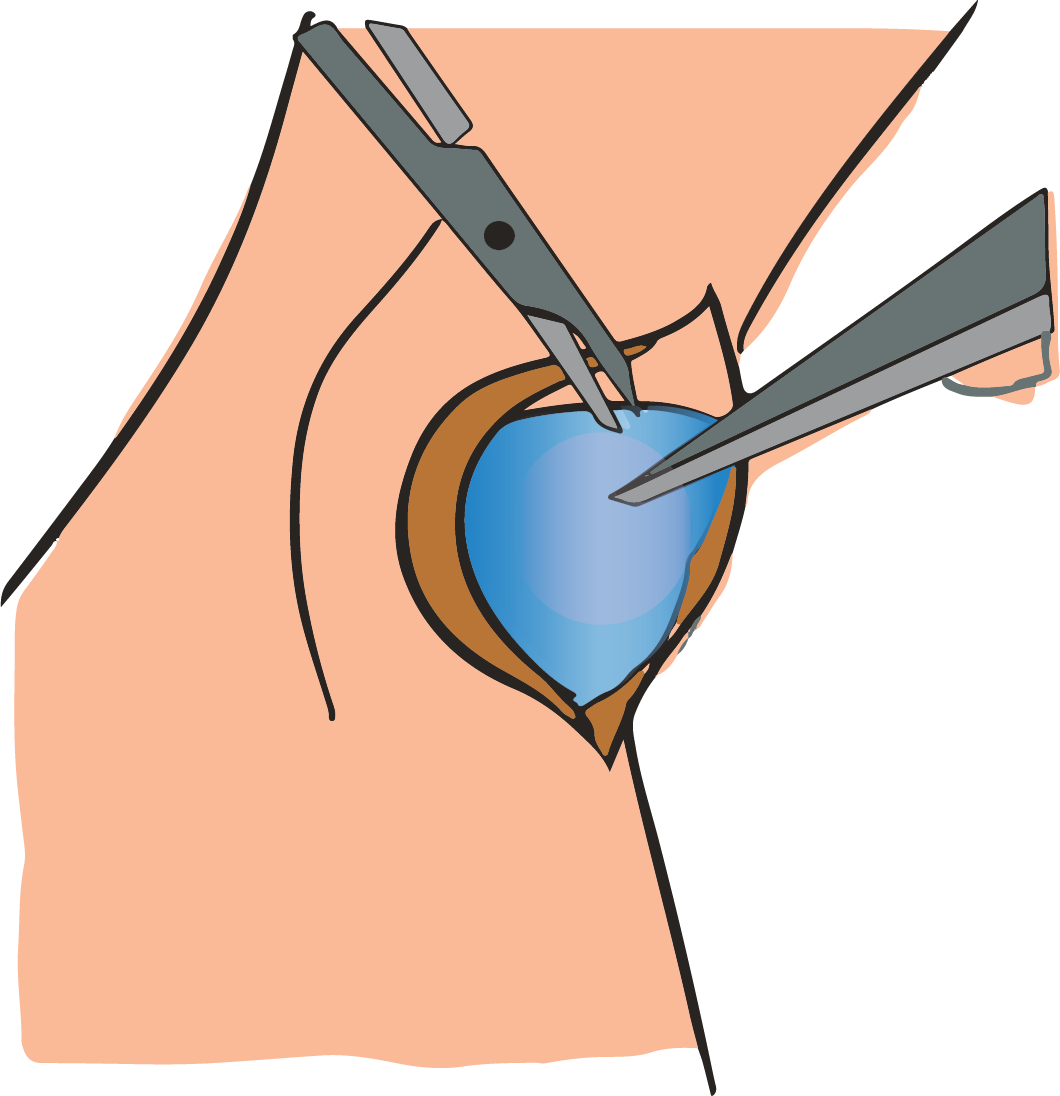A Ganglion cyst is a sac that is filled with synovial fluid that emanates from the skin. It is quite common on the wrist, fingers and times on the sole of the foot. A tendon will have a cyst attached to it. The fibers of the tendon contain synovial fluid. Joints and tendons in the body are generally lubricated by the synovial fluid.
Ganglion sacs are therefore better explained as the sacs that are found in the joints and tendons, and which basically contains the synovial fluid. The liquids are sticky and actually constitute the significant portions of soft tissue growth on the hand. Ganglion cysts are known to occur in very great percentage at the upper surface of the wrist. The other part that is also affected in a significant manner is the palm of the hand. We may also have fewer cases occurring on the sheath of the flexor tendon. In some rare cases, you may get a cyst on the sore of the foot.
There is a great controversy in as far as the cause of the ganglion cyst is concerned. There has been an argument that ganglion cyst may not have any known cause. There is another explanation that states that it may be emanating from the deterioration of tissue lining that are found in the joints. These tissues are known to secrete the synovial fluid.
Ganglion cyst may not be so much of a bother to many people. This is actually because in some cases, they may emerge so quickly and before they become your center of attention they are already gone. Medics normally call them benign growths. At times the only serious thing they will do is to interfere slightly with the functioning of the tendons or the fingers where they are located. The ganglion cysts can occur in many cases. The greatest number of people would just allow the natural healing process to take control. In very rare cases do we see people going to the hospitals to have the problem checked.
It may only call for the removal of the ganglion cysts in most cases when it becomes painful or when the problem results to the interference of the functioning of the joints. When the condition becomes so much of a bother, the doctor will remove ganglion cysts in two major ways.

Aspiration
This is the most common method of ganglion cyst removal. It is where a doctor may attach an 18-22 gauge needle to a 20-30mL syringe into the cyst. The suction process is the one that will be functional in the removal of the fluid. After the fluid has been withdrawn, corticosteroid medication may be injected, and then the site dressed, as the patient is allowed some time to rest
Excision
This is actually common when the cyst is too large. It entails the cutting of the sac with a scalpel, and then an incision is closed with sutures, and bandages applied. The above exercises may require extreme professionalism, as they may also give rise to further complications.
This is the most common method of ganglion cyst removal. It is where a doctor may attach an 18-22 gauge needle to a 20-30mL syringe into the cyst. The suction process is the one that will be functional in the removal of the fluid. After the fluid has been withdrawn, corticosteroid medication may be injected, and then the site dressed, as the patient is allowed some time to rest Excision This is actually common when the cyst is too large. It entails the cutting of the sac with a scalpel, and then an incision is closed with sutures, and bandages applied. The above exercises may require extreme professionalism, as they may also give rise to further complications.

Dorsal ganglion cyst

An incision is made over the dorsal ganglion cyst

